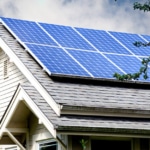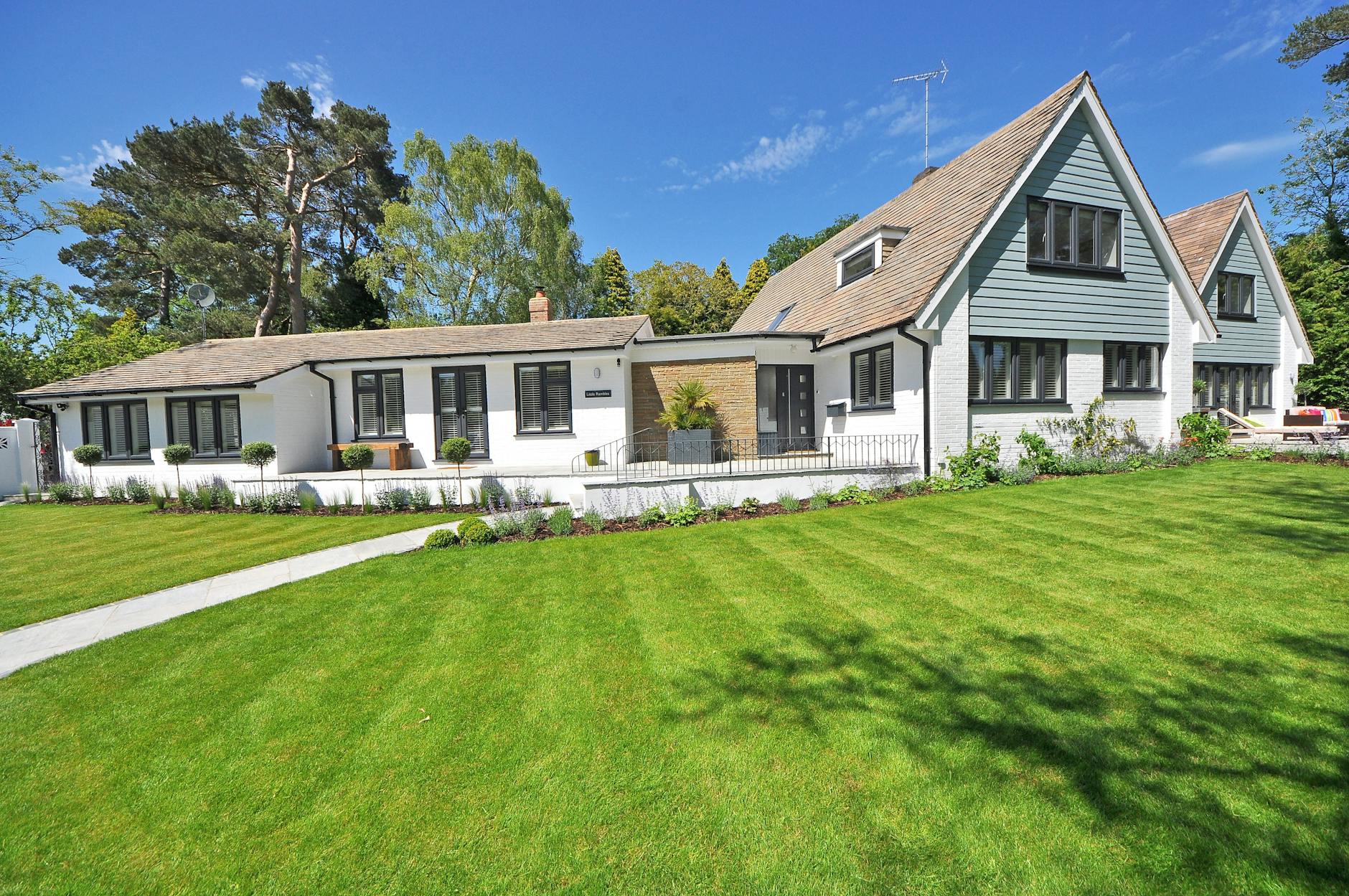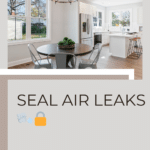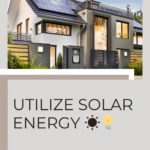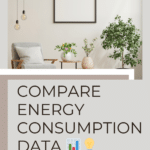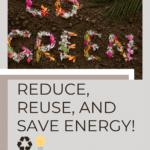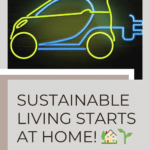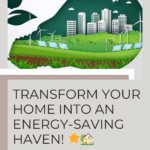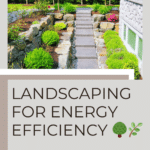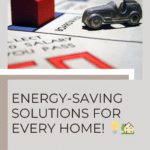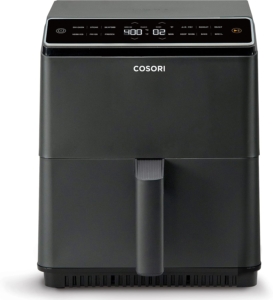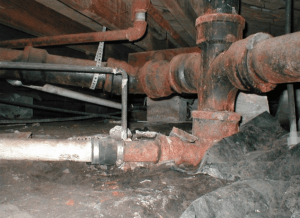10 Easy Ways to Boost Your Home’s Energy Efficiency
From simple lifestyle adjustments to advanced technological solutions, these recommendations are designed to help you optimize your home’s energy performance without compromising comfort or convenience. By addressing common energy-wasting practices and incorporating energy-efficient measures, you can significantly improve the overall efficiency of your household while contributing to a greener future.
Upgrade to Energy-Efficient Appliances
Investing in energy-efficient appliances can positively impact both your wallet and the environment. By choosing appliances that are designed to consume less energy, you not only reduce your utility bills but also contribute to the long-term sustainability of our planet.
Benefits of Energy-Efficient Appliances
Energy-efficient appliances are engineered to operate using significantly less energy than their traditional counterparts. By incorporating these appliances into your home, you can enjoy substantial savings on your electricity bills. These appliances help in reducing your carbon footprint by consuming fewer resources. Over time, the cost savings can be substantial, making the initial investment in energy-efficient appliances a wise financial decision.
Tip: Look for the Energy Star Label
When selecting energy-efficient appliances, keep an eye out for the Energy Star label. Energy Star-rated appliances meet strict energy efficiency guidelines set by the Environmental Protection Agency. This label indicates that the appliance is designed to be more energy-efficient, thus reducing your overall energy consumption.
Tip: Compare Energy Consumption Data
Another valuable tip when choosing energy-efficient appliances is to compare the energy consumption data provided for each product. Manufacturers often provide energy consumption information that can help you make an informed decision. By comparing this data across different models, you can select appliances that are not only energy-efficient but also tailored to your specific usage needs.
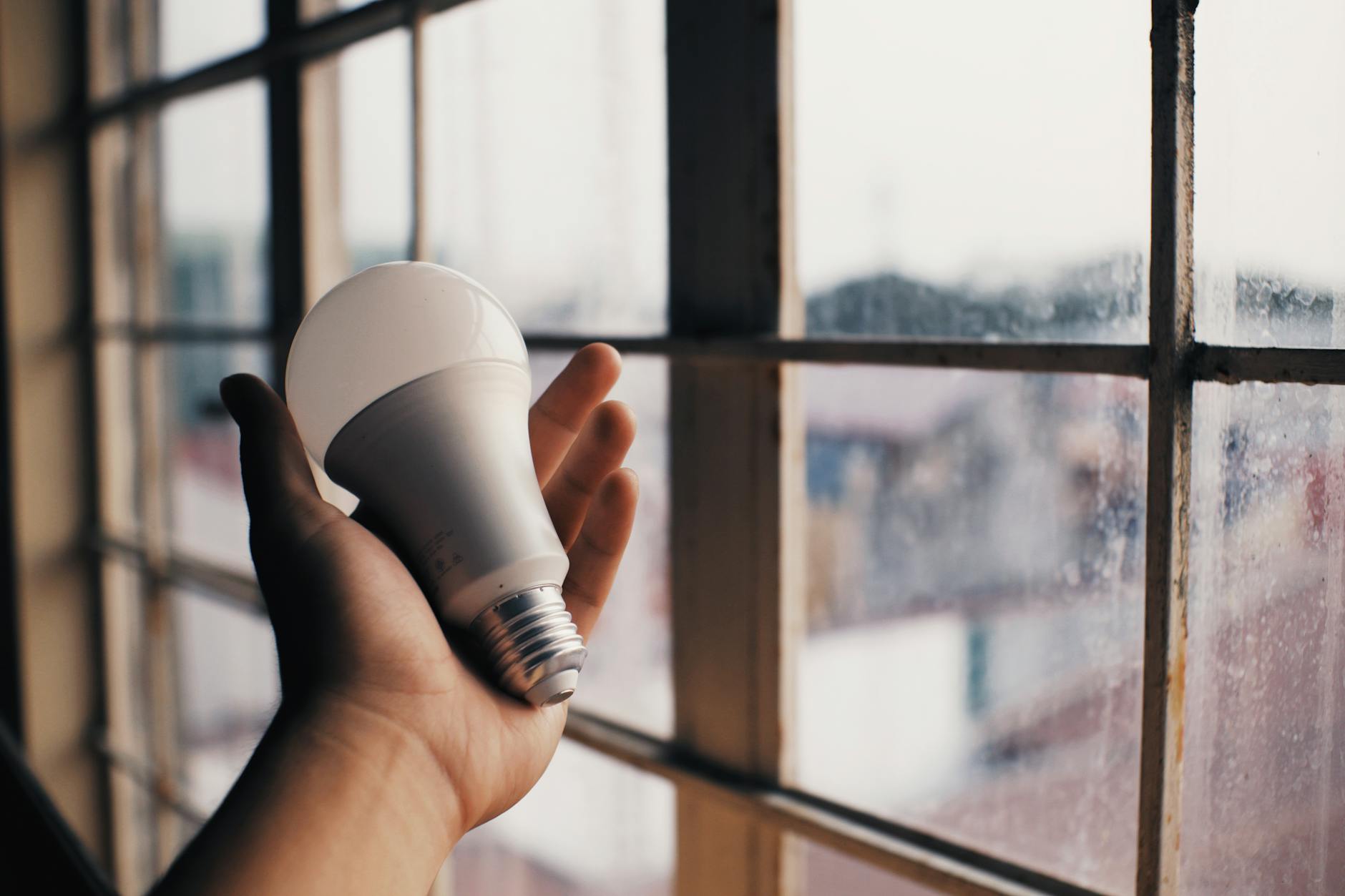
Improve Home Insulation
Types of Insulation Materials
When it comes to insulating your home, there are various materials available, each with its unique properties and benefits. Here are some common insulation materials:
- Fiberglass: This widely used insulation material is cost-effective and offers good thermal performance.
- Cellulose: Made from recycled paper or cardboard, cellulose insulation is eco-friendly and provides excellent protection against heat transfer.
- Spray Foam: Known for its air-sealing properties, spray foam insulation expands to fill gaps and crevices, creating a tight thermal barrier.
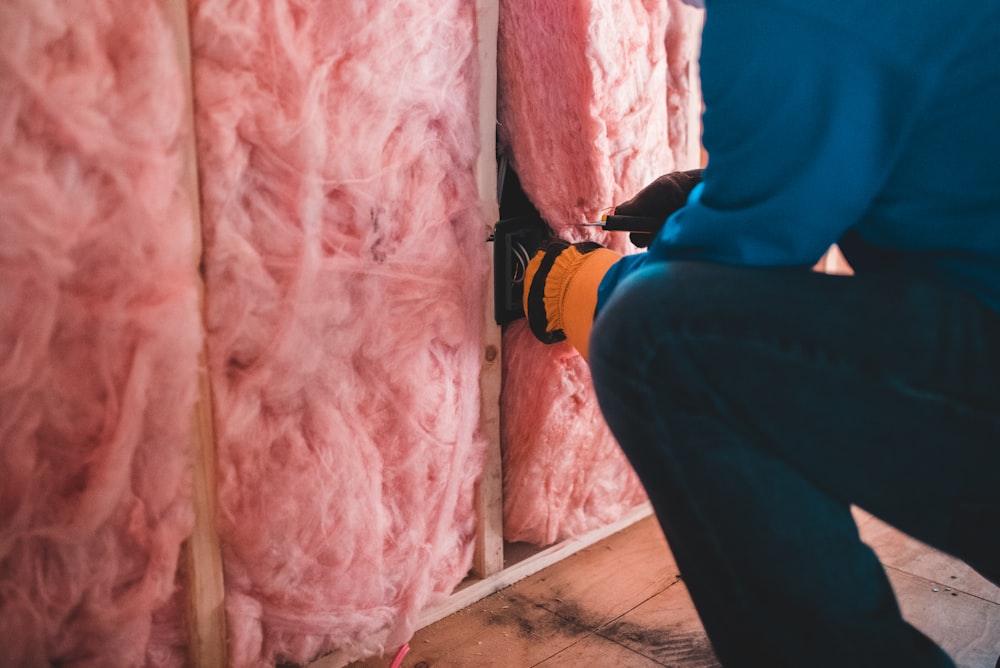
Areas to Insulate
To maximize energy efficiency in your home, it’s essential to insulate key areas that are prone to heat loss or gain. Consider insulating the following areas:
- Attics: Attic insulation can prevent heat from escaping through the roof, reducing the workload on your heating system.
- Walls: Insulating walls helps regulate indoor temperatures and improves overall energy efficiency.
- Floors: Properly insulating floors above unconditioned spaces like crawl spaces or garages can enhance comfort and energy savings.
Seal Air Leaks
Common Air Leak Locations
Air leaks can occur in various areas of your home, leading to energy wastage. Common locations where air leaks typically occur include windows, doors, attic hatches, electrical outlets, recessed lighting, and ductwork. These points are susceptible to gaps or cracks that allow air to escape or enter the house, impacting your heating and cooling costs.
Sealing Techniques
To combat air leaks effectively, utilize specific sealing techniques such as weatherstripping, caulking, and insulation. Weatherstripping is ideal for sealing gaps around movable building components like doors and windows, preventing drafts and heat loss. Caulking is useful for sealing stationary joints, such as window frames and baseboards, to reduce air infiltration. Insulation plays a role in sealing larger gaps, particularly in attics and basements, enhancing the overall energy efficiency of your home.
Upgrade to LED Lighting
Comparing LED vs. Incandescent Bulbs
When it comes to energy efficiency and lifespan, LED bulbs outshine traditional incandescent bulbs by a significant margin. LED lights are far more energy-efficient than incandescent bulbs, consuming up to 80% less energy. Additionally, LED bulbs have a much longer lifespan, lasting up to 25 times longer than incandescent bulbs. By upgrading to LED lighting, you not only reduce your energy consumption but also enjoy a more durable lighting solution that requires less frequent replacement.
Placement and Fixtures
To maximize the energy-saving benefits of LED lighting, strategic placement and compatible fixtures play a crucial role. Consider installing LED lights in high-traffic areas and rooms where lighting is needed most frequently. Opt for fixtures that are specifically designed for LED bulbs to ensure optimal energy savings and performance. By placing LED lights strategically and using the right fixtures, you can create a well-lit and energy-efficient environment throughout your home.
Install Programmable Thermostats
Programming Tips
When programming your thermostat, consider your family’s daily schedule. Set the temperature higher during warmer months when everyone is away at work or school and lower at night when sleeping. In colder months, adjust the temperature to be cooler when the house is empty and warmer when everyone is at home. By optimizing these settings, you can significantly reduce your energy consumption without sacrificing comfort.
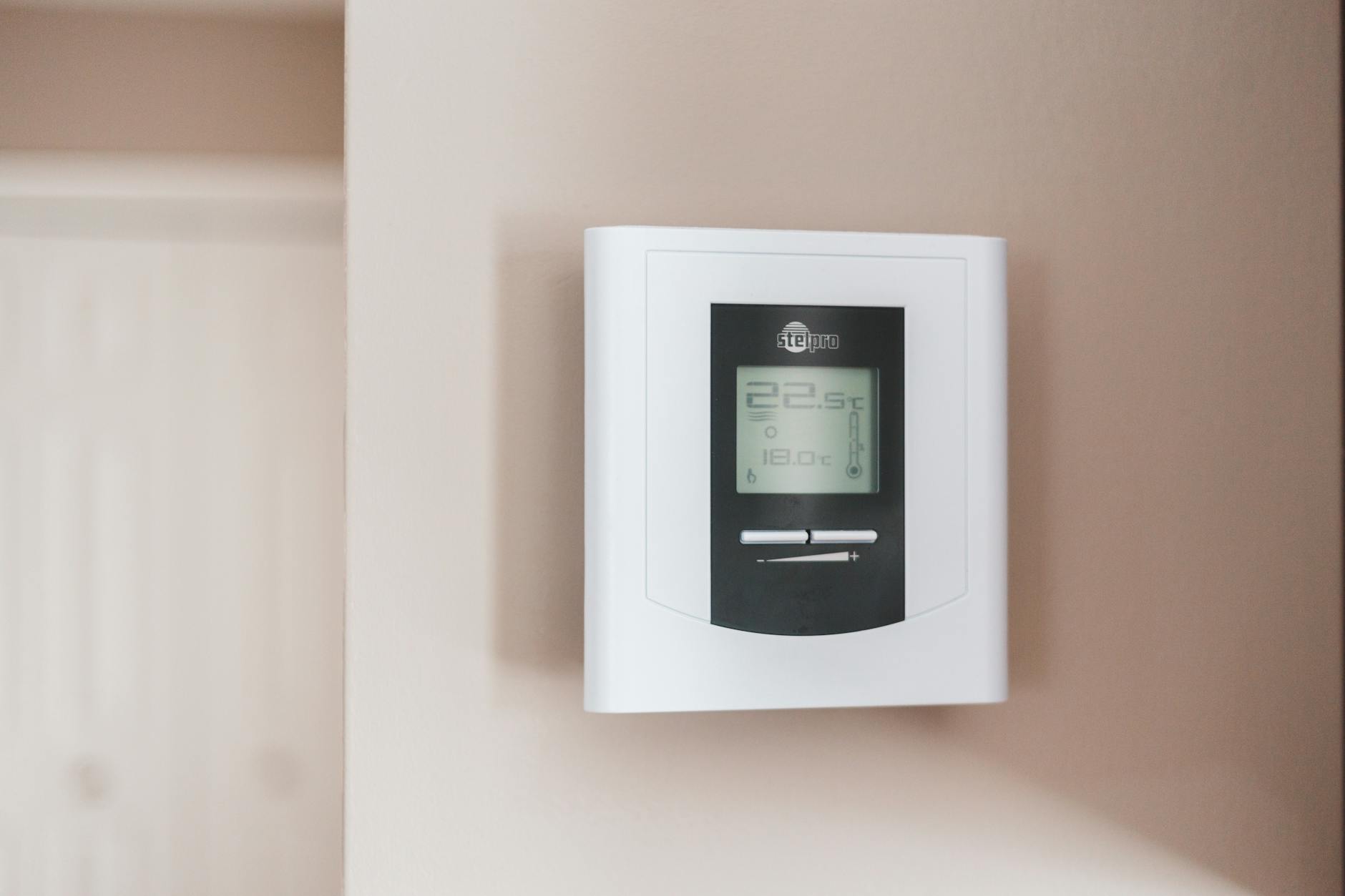
Utilize Solar Energy
Cost Considerations
When considering solar energy for your home, the initial investment may seem significant, but the long-term savings are substantial. The cost of installing solar panels has decreased in recent years, making it a more viable option for homeowners. Additionally, there are various incentives available, such as tax credits and rebates, that can help offset the upfront expenses and contribute to your savings over time.
Installation and Maintenance
The installation process for solar panels typically involves mounting the panels on your roof or in an area with optimal sunlight exposure. Basic maintenance requirements include periodic cleaning of the panels to ensure they operate efficiently. Solar water heaters also require minimal maintenance, such as checking for leaks and ensuring proper circulation of water through the system.
Regular HVAC System Maintenance
DIY HVAC Maintenance Tips
Taking the initiative to perform simple HVAC maintenance tasks can go a long way in enhancing the efficiency of your system. Here are a few DIY tips that homeowners can easily carry out to keep their HVAC system running smoothly:
- Change Air Filters: Regularly changing your HVAC system’s air filters is crucial for airflow efficiency and indoor air quality. Aim to replace filters every 1-3 months to prevent dust buildup and maintain optimal performance.
- Clean Vents and Registers: Ensure that vents and registers are free of dust and debris. Use a vacuum or a damp cloth to clean these components, allowing for unrestricted airflow throughout your home.
- Check Thermostat Settings: Verify that your thermostat is set at an energy-efficient temperature. Adjusting settings when you’re not at home can lead to significant energy savings without compromising comfort.
- Inspect Outdoor Unit: Keep the outdoor unit clear of obstructions such as leaves, branches, or debris. Ensure adequate clearance around the unit to promote proper airflow and system efficiency.
Smart Home Technology Integration
Benefits of Smart Home Technology
By leveraging smart home technology, homeowners can achieve a new level of control and insight into their energy usage. Smart devices have the potential to optimize energy consumption patterns within the household, ensuring that resources are utilized efficiently. Smart thermostats, for instance, can adapt to your lifestyle and preferences, adjusting the temperature based on real-time data to minimize energy wastage.
Moreover, these technological marvels allow homeowners to track their energy consumption in real-time, providing valuable insights into usage patterns. By understanding when and where energy is being utilized most, individuals can make informed decisions on how to reduce unnecessary consumption and enhance overall efficiency. This level of awareness fosters a proactive approach to energy management, empowering users to take charge of their environmental footprint.
Incorporating energy monitoring systems can further amplify the benefits of smart home technology. These systems offer detailed breakdowns of energy usage across different devices and appliances, enabling homeowners to identify energy-hungry culprits and make adjustments accordingly. With this information at their fingertips, individuals can embark on a quest towards reducing their energy consumption and embracing a more sustainable lifestyle.
Landscaping for Energy Efficiency
Strategic Plant Placement
Planting shade trees strategically around your home can significantly impact its energy efficiency. Placing deciduous trees on the south and west sides of your house can provide natural shading during the hot summer months, reducing the need for excessive air conditioning. In contrast, evergreen trees planted on the north side can act as a windbreak, shielding your home from cold winter winds and cutting down on heating expenses.
Consider the distance from your house when planting trees and shrubs. Opt for species that will not obstruct windows or impede airflow around your home. Strategically positioning shrubs near walls can create a buffer zone that insulates your home, reducing heat transfer and maintaining indoor temperatures more efficiently.
Photo by Pixabay
Conclusion
Now that you’ve discovered various ways to increase your home’s energy efficiency, it’s time to put these strategies into action. By implementing these tips, not only can you create a more sustainable and environmentally friendly living space, but you can also significantly reduce your energy costs over time. Take the first step today towards a greener and more cost-effective home.
Remember, small changes can make a big difference in the long run. Whether it’s upgrading to energy-efficient appliances, improving insulation, or optimizing your heating and cooling systems, each effort contributes to a more energy-conscious household. Embrace the opportunity to enhance your home’s energy efficiency and enjoy the benefits of a more sustainable lifestyle. Start your journey towards a more environmentally friendly and budget-conscious home now.

